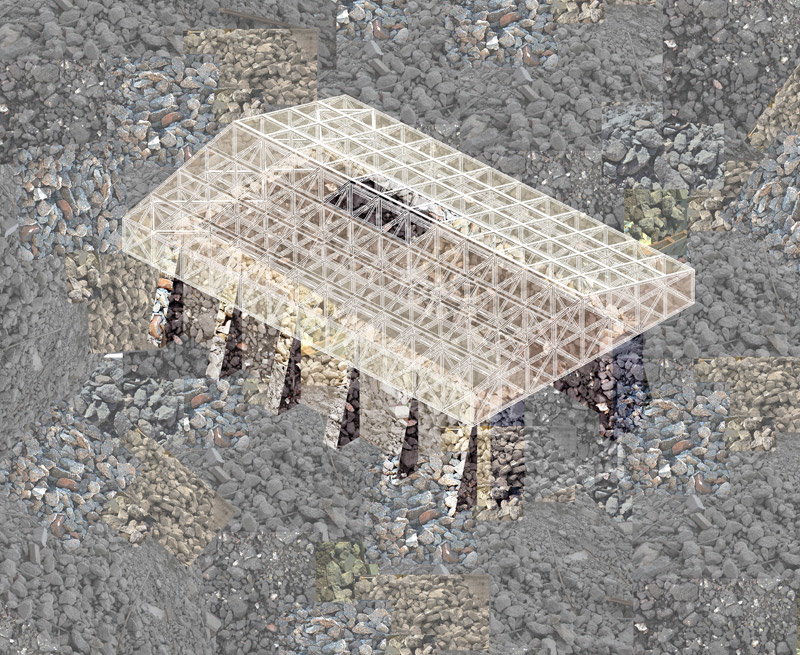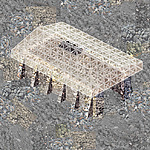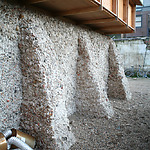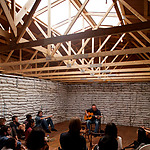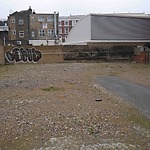As a future architect and sustainable engineer it is important to position myself in the current architectural debate. There are several roles to play, roles that are influenced by many different factors on the fields of political preference, economical position and cultural background. Last week I organized an excursion for the Msc students of Architecture to London where we visited several players in the field. The 'big-money' seems to dominate London at this time, but at the same time London is a forerunner in the so-called maker-movement in which small local initiatives emerge from society, implemented by the citizens themselves. These citizens are supported or activated by an intermediary that creates public engagement by launching projects via social media and face-to-face advertisement. Since the projects aim to uncover problems as gentrification in certain neighbourhoods social acceptance is easily created.
On of the firms we visited was ‘Assemble Studios’ . Trough collective action they have found ways to create new places, which are delightful, inventive, relevant and function as a incubator for new social relations between people. As radicals they fight against the ‘big-money’ that destroys communities and leaves no space left for public meeting places. With their temporary constructions they aim to bring people together and create fruitful relations and awareness. Their constructions are mostly built out of recycled materials since it is their aim to work with local materials.
For example the OTO workshop and performance space for experimental music: the building occupies a formerly discuses site and is made of demolition rubble found there. ‘Like the traditional London stock brick of the nineteenth century, the construction method is based on utilizing resources that are readily available locally at little or no material cost. The earth, rubble and gravel on the otherwise empty site was gathered, sieved, bagged and compressed: transformed from waste into giant building blocks.’ (Official website). When the building is no longer needed the material can just easily be given back to the earth were it came from.
Using waste as a valuable resource, discussed in my previous column, is seen more and more as a profitable strategy. It is likely that from a demands perspective, the trend will always move towards materials with a good closed-loop story that consumers can relate to. Discovering this working method in the nowadays practise of London was very inspiring and makes me want to start right away with turning valueless material in something that adds new levels of meaning and value. Turing trash into trophies!
